Conclusion
“After replacing the PSU, the video card coils stopped whining”. An extremely common statement and yet it always remains on a subjective level, which is a pity. But that is also why we will now look at things in an exact, numerical way. We do this by testing several graphics cards, where for each, noise levels of VRM coils are monitored with each ATX (3.0) power supply used. So how is it with the “whining”? When is it stronger and when is it weaker?
Conclusion
Different PSUs, or different characteristics of their 12-volt rails affect the different sound of graphics card coils. And now very carefully: some may hear the difference, others may not. If you look at the results with noise differences, which take into account all frequencies of sound, the difference between the quietest and the noisiest situation is always quite small.
With the tested sample of 12 PSUs, it’s only 2.1 dBA with the Gigabyte RTX 4090 Gaming OC 24G, with the Sapphire RX 7600 XT Pulse it’s 2,3 dBA and with the MSI RTX 4070 Ti Super Ventus 3X it’s 3,5 dBA. The quietest operation in these measurements is with the FSP Hydro G Pro ATX3.0 (s RX 7600 XT), the Seasonic Vertex GX-850 (s RTX 4070 Ti Super) and the Enermax ERT850 EWT (s RTX 4090). The only power supply that was always in the top five with all the graphics cards is the MSI MPG A850G. After averaging the rankings, it is therefore also the “relatively quietest” or perhaps more accurately the “most balanced”. It was never the quietest in the observed scenarios, but it also didn’t happen that it somehow dropped significantly (towards the noisier ones).
For example, the RT 7600 XT Pulse coils are relatively quietest with the FSP Hydro G Pro ATX3.0, but the RTX 4070 Ti Super Ventus 3X already achieves the third worst/noisiest result from the end with this power supply. The rankings change depending on the graphics card, sometimes dramatically. Each graphics card generates different vibrations on the coils and the resonant frequencies differ significantly.
The only model that is always the noisiest is, unfortunately for Cooler Master, their GX III Gold 850. Yet subjectively, someone may not evaluate it that way. We are still talking about single-digit values measured by a noise meter. For a precise analysis, you need to go to the level of the spectrograms, which tell you which frequencies of sound are noisier and which are quieter.
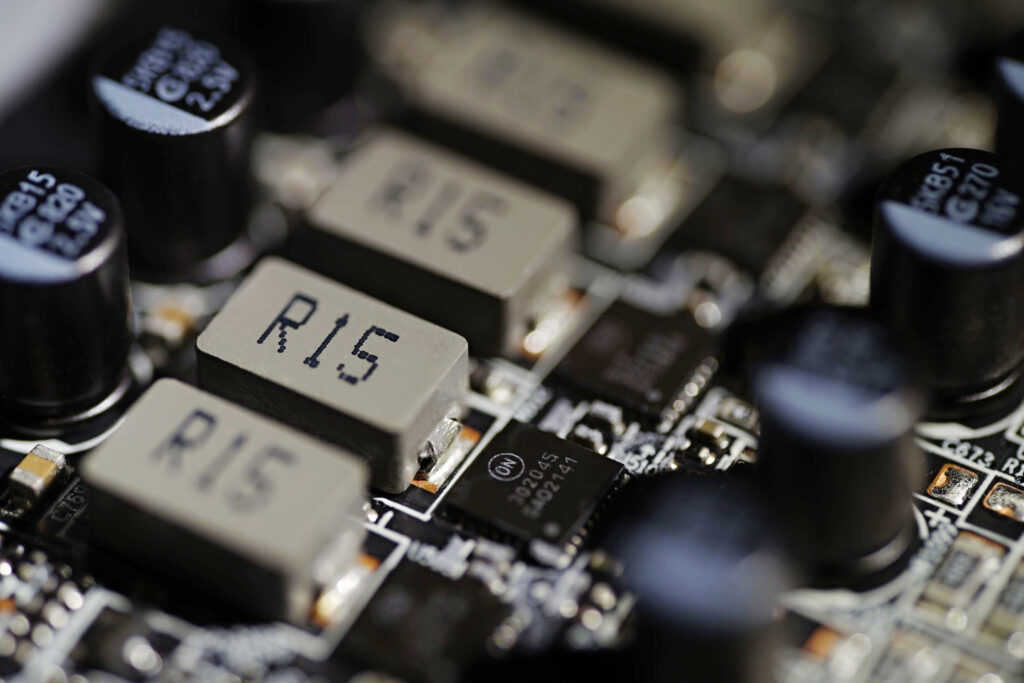
We have written about the GX III Gold 850 as the noisiest PSU, but there is sure to be someone who, after a subjective judgment, will disagree with this statement. On the grounds that they will be more sensitive to tones of other PSU’s coils. Moreover, these tonal peaks are variable, depending on how the load “pulses” (feel free to substitute the load with the framerate of a game or 3D render in Blender). Scene to scene it’s naturally different, and the ranking of noise level can be different for the same “PSU + graphics card” configurations.
Giving a guaranteed recommendation for a power supply with which the coils of a particular graphics card will always be the quietest is certainly impossible. The calculations here eventually include interference in the power grid (eliminated in our tests by simulating a pure sinusoidal voltage at the socket), which is unique for everyone and may or may not react differently with a selected PSU. It depends on whether the nature of the interference (from the power grid) can manifest itself in the form of higher harmonic frequencies.
There will always be conflicting opinions on the degree of influence of the PSU on graphics card coil whine, for the reasons mentioned above. There are too many variables for things to be clear, and general conclusions about what is “quieter” and “noisier” are simply not possible. By replacing the PSU it is indeed possible to suppress the sound frequency that user A has evaluated as critical, but a different one can pop up. One that bothers user B for a change. And even if the peaks are at the same frequency, they have different noise levels (see also this comprehensive table for an overview of the tonal peaks, along with the noise level they represent).
The sound of graphics card coils spans a very wide spectrum, and it is virtually impossible to silence this across the board just by a different voltage characteristic of a PSU. The way to noiseless operation is to avoid vibrations arising on the coils. However, this would again be expensive to manufacture and simply unprofitable. At least as far as the graphics card segment is concerned.
Are we using “too high quality” PSUs and the situation is significantly worse with cheaper ones? To be continued…
English translation and edit by Jozef Dudáš
- Contents
- Why a PSU can have an impact
- Testing methodology
- Noise level measured with a noise meter
- Dominant frequencies...
- ... and their noise level
- Tonal peaks and noise levels in aggregate (chart)
- Complete sound spectrograms
- Conclusion





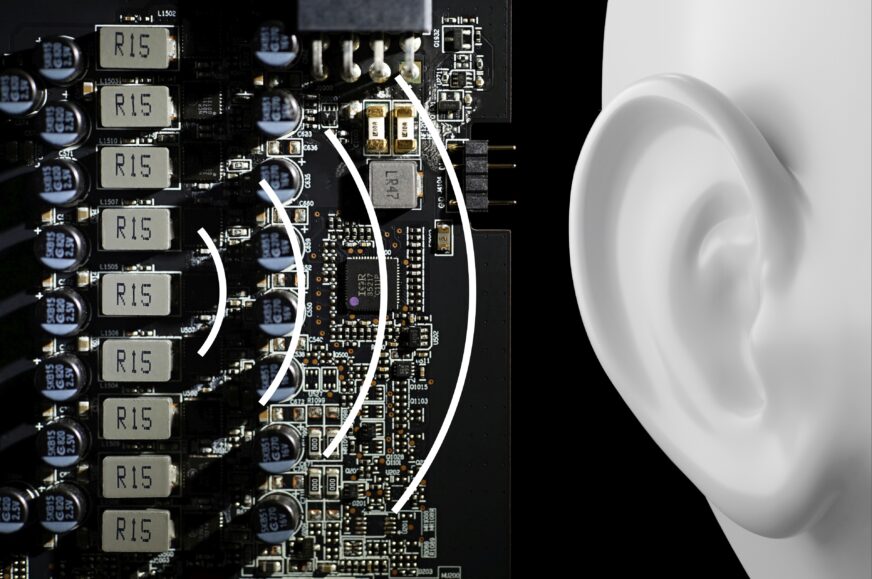
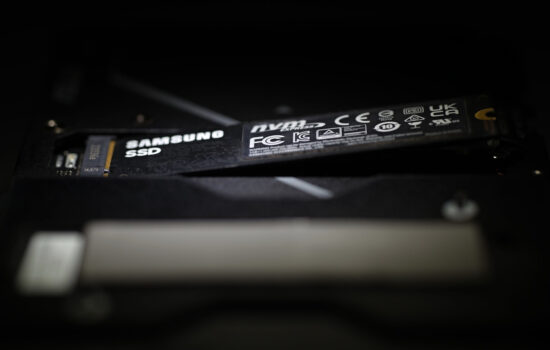
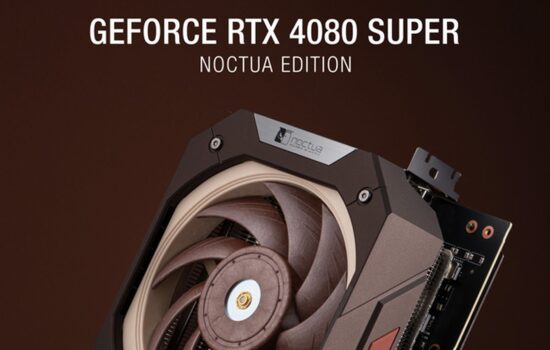
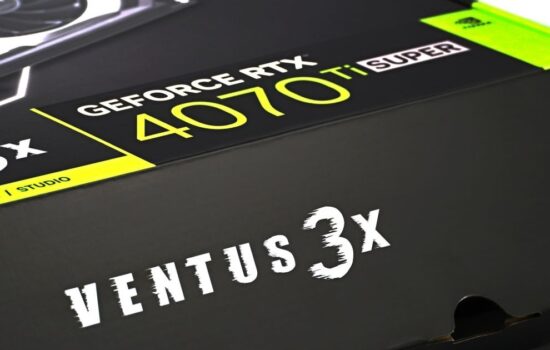



Great job, I don’t think anyone has ever tested this before! Indeed, the differences look quite small if compared to coil whine variance between GPU models. Based on your data, every other change will have a bigger impact than replacing the PSU. Undervolt, underclock, switching to a non-mesh PC case.
This is very interesting. Anecdotally, my 4090 Suprim X has occasional coil whine when working on Folding@home. Its not consistent, perhaps 1/24 hours it’ll whine, and of course its worse the more power its drawing. This was on my Corsair HX750 Platinum (2022? version) with the VHPWR adapter with 3 PCIE cables.
I switched to an FSP Hydro Ti 1000W and I used the native VHPWR cable and I haven’t noticed any whine since.
The sound that you have registered and no longer register may be the result of higher harmonic frequencies, which may eventually arise depending on the of noise in the power grid. The latter is always unique and each source may react differently to it. It is impossible to generalise here. What worked “somehow” with the same components in your country may work differently elsewhere (because the power supply is connected to a different network, with a different noise). And then there is what always applies. The sound that subjectively disturbed you may have disappeared, but the character of the coil whine may have changed so that someone else evaluates it as more disturbing (because again there may be a different frequency to which another user’s hearing is more sensitive, and which you may not mind). Personally, especially after this test, I have a great respect for this topic and I consider it advisable not to draw any conclusions, because they may be subjective. In any case, it is very dangerous to give any advice to anyone. They are always irresponsible because there are too many variables.